What do you envision when thinking of pink, orange or even brown-inspired names? Is it a flower, a spice, or a natural element? Let me tell you one thing: it’s very hard to make a distinction, because many times they can be all. We cannot think of a color and not instantly link it to something we’ve encountered or happened to us, which makes it very specific in our range of preferences. We invite you to enjoy our variety of colorful names and their amazing histories.

PINK-inspired names:
Coral/Coraline/Coralie – The name Coral derives from the Greek κοράλλιον (korallion), but also from the English and Spanish word coral. Feminine name that refers to the marine animals that look like skeletal deposits from the bottom of the ocean, that can form reefs and have a pink-orange color. As a name, its usage is spread across Indo-European area, especially in Spain and England.
However, the name Coraline is a special case and has an interesting story behind. It all started when a French composer, Adolphe Adam, used this name for one of his characters from the opera Le toréador, but the reason he did this is still unknown, although it is supposed to come from the name Coralie. Another atypical story of this curious name and its origins has in the center of attention the writer Neil Gaiman who wrote a horror-fantasy novel named Coraline in 2002. He claimed after the novel release that the name appeared as a typo of the name Caroline.
Having a long relationship with nature, the name Cora was popular in the late 1800s, but soon after was replaced by Coraline. Another variant of the name is Coralie that comes from French and used to be pretty liked in 2007, when it ranked number 8 of the most popular names for girls in Quebec. Some other European variants for the names include: Koralija in Croatian and Koralia in Greek. It’s a very great name for someone who’s really passionate about marine life and feels old-fashioned but yet modern.
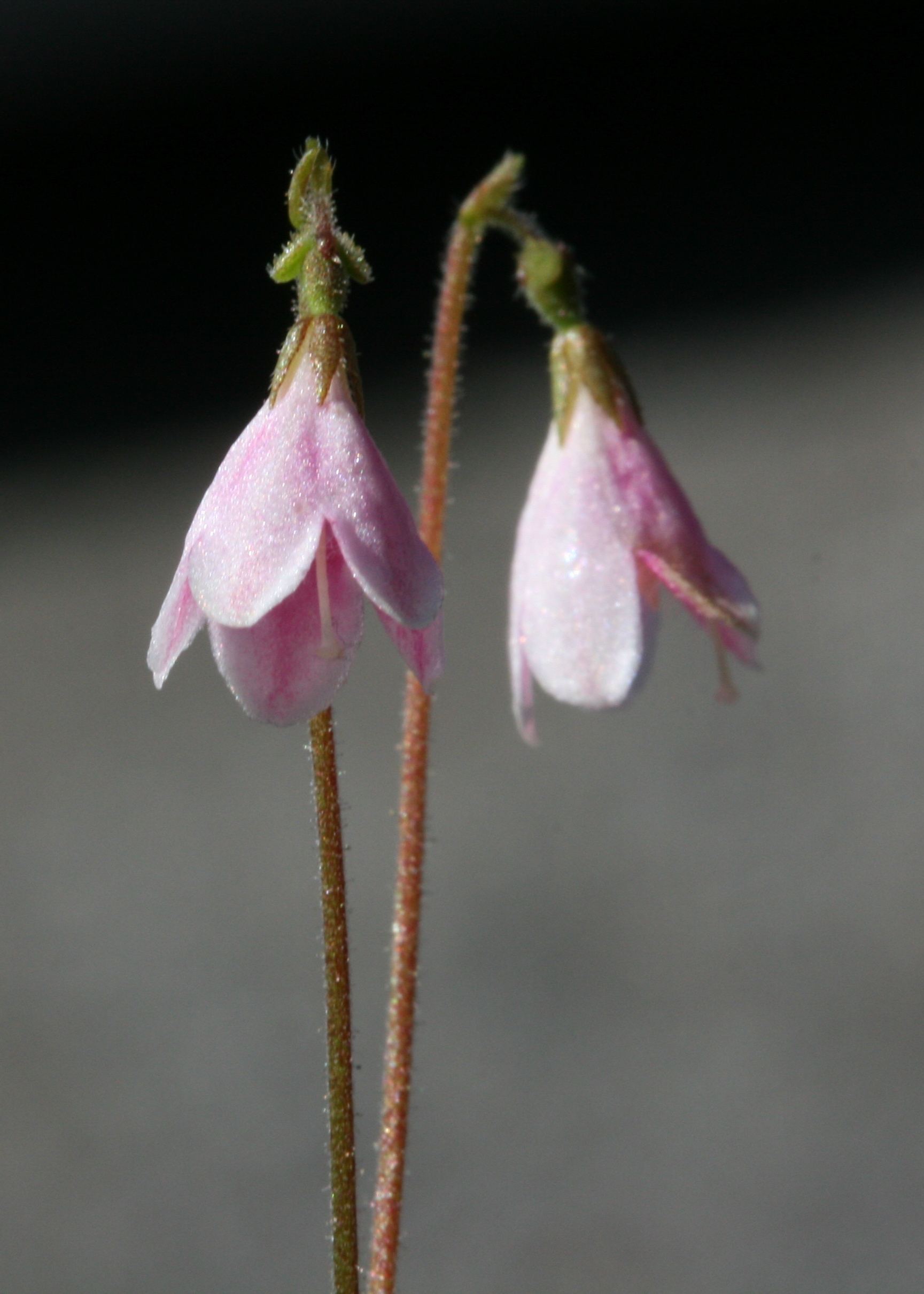
Linnea/Linnéa – A very light and feminine name that has a delicate aura and derived from a mountain flower with the same name (linden tree or twinflower in English) which looks like a pink bell. In the 18th century, a Swedish botanist, a founder of modern biology, Carolus Linnaeus, gave the flower this name. Its origins reside in Sweden where it is a very popular name, being ranked no. 7 among the most popular names in 2008 and no. 1 among girls’ name in Norway. The last name of the botanist has derived into two masculine given names, Linnaeus and Linné, for people who like to show their appreciation to him and his scientific work and the natural world.
Valentine – The versatility of this name is stunning, as it can be a gender-neutral given, family or middle name and can have different feelings attached to it, either soft, delicate or edgy. It could also be related to Valentine’s Day when people are wearing pink or red clothes, give each other flowers and pink cards and life is all pink for couples, as they celebrate their love. However, the real origins of the name are coming from the Latin word valens which stands for strong and healthy, being related to the Latin names, Valentinus and Valentinian of the Roman family and also the name of several saints of the Roman Catholic Church. There is a popular feminine variant, Valentina, that could be found in a lot of cultures and languages, such as Italian, Serbian, Russian, Greek, Romanian, Croatian, Macedonian, Slovene, Bulgarian, Portuguese and Spanish. Being a volatile name, the masculine form has lots of variants in use in other cultures, too: Valentin (Bulgarian, Croatian, Czech, Danish, Finnish, French, German, Romanian, Russian, Slovene, Swedish), Valent (Croatian), Valentijn (Dutch), Bálint (Hungarian) Valentino, Valentīns (Latvian, Valentinas (Lithuanian), Walenty (Polish), Valentim (Portuguese), Valya (Russian), Ualan (Scottish Gaelic), Valentín (Slovak), Valentín (Spanish), Valentyn (Ukrainian).
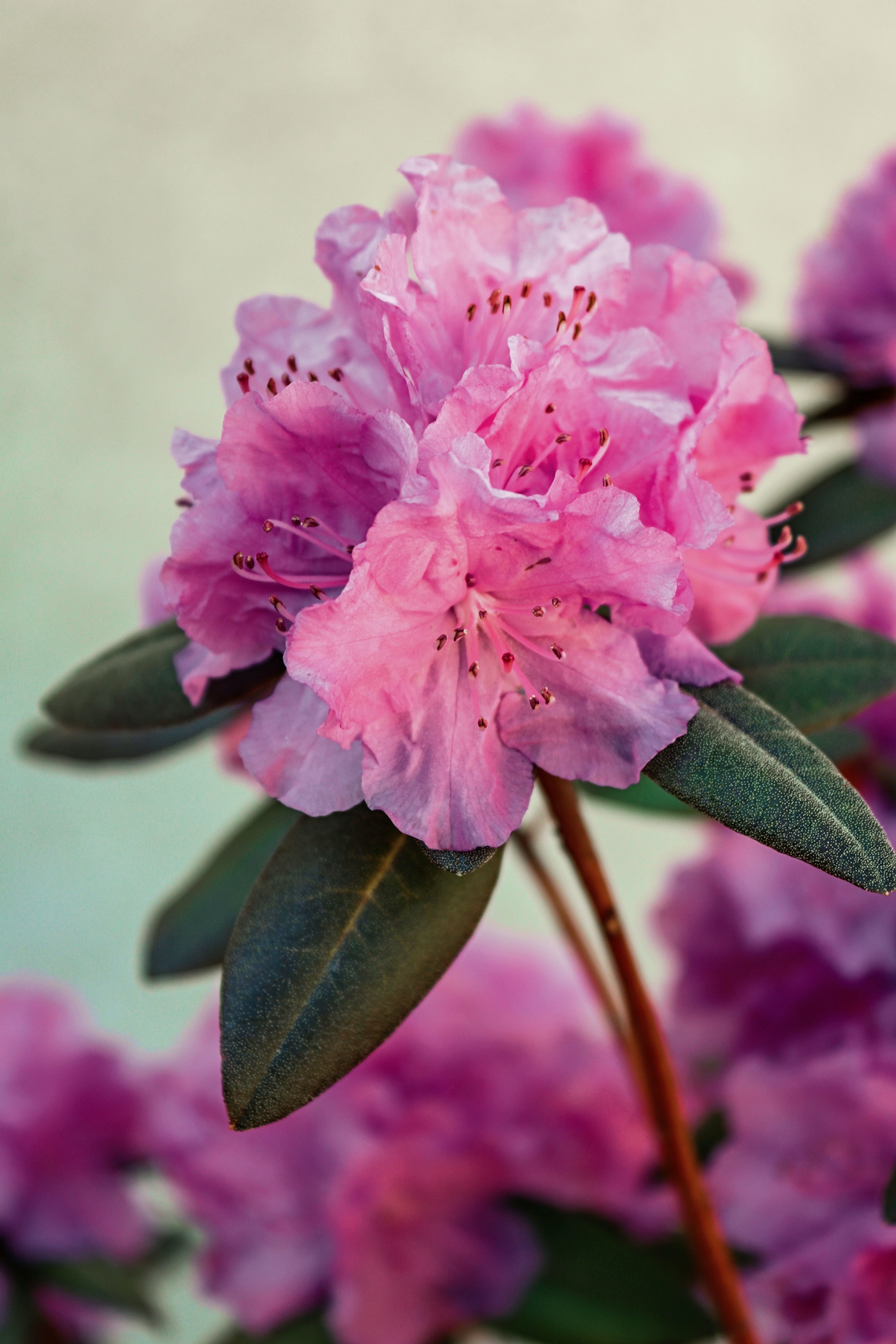
Azalea – Feminine English name derived from the name of a flower, which ultimately derives from Greek ἀζαλέος (azaleos), that means dry in English. It looks like the same botanist who has named the Linnea flower, coined this flower too, and the name was inspired by the property of the azalea flower to thrive in well-drained or sandy soil. The bearers of this name surely have something in common with the flower and the symbols of femininity, passion and fragility it impersonates, being considered ambitious, independent, successful and inventive. Due to the American rapper Iggy Azalea the name got into the public attention since 2010 and got to be a pretty popular name among girls nowadays. There are a lot of variants of this name in the United States: Azaela, Azaelia, Azala, Azalaya, Azalayah, Azaleah, Azaleia and Azaliya in Russia. Consider this pretty name for your future determined and independent daughters and hopefully they will see life in pink.
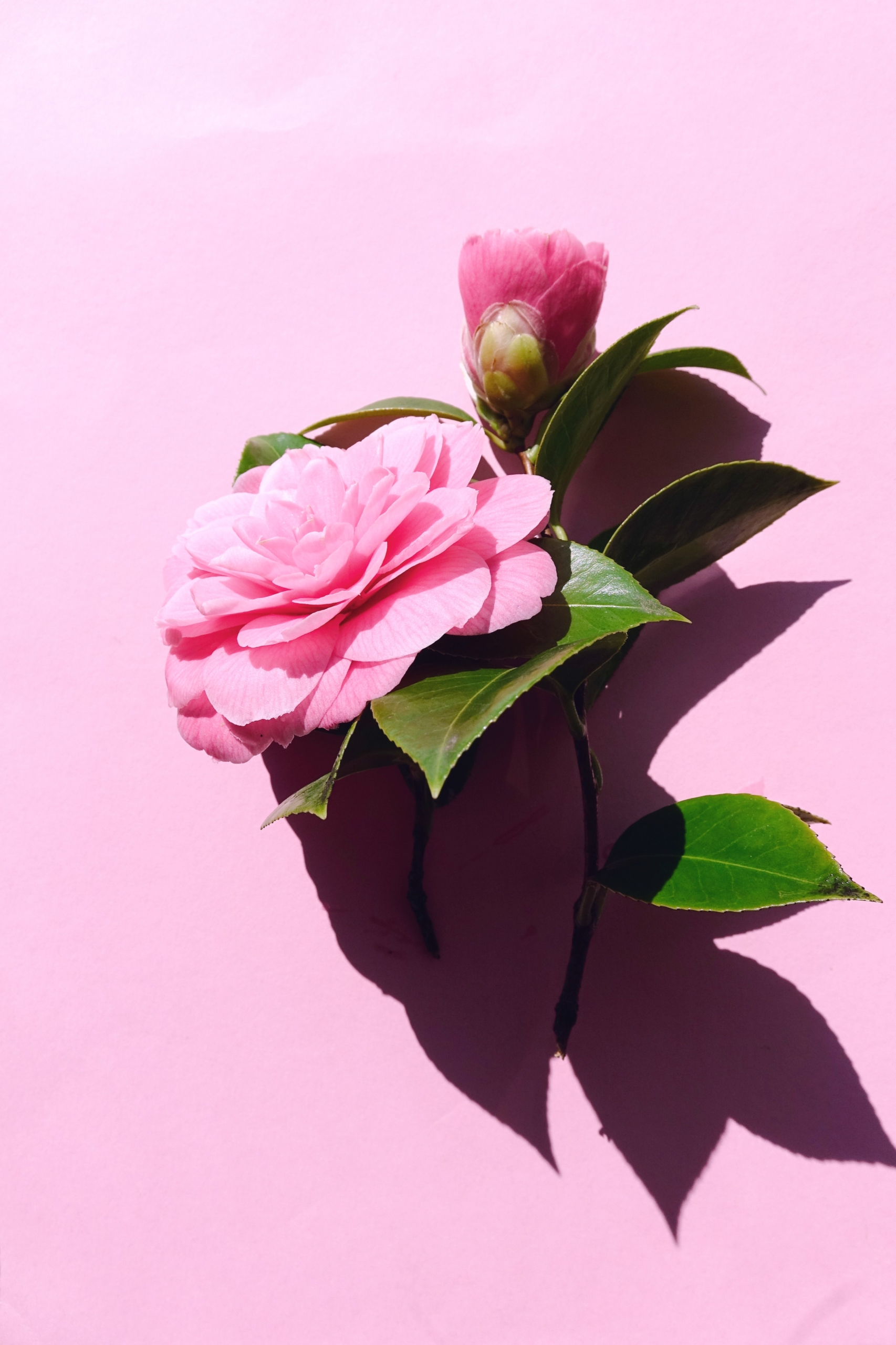
Camellia – This rare feminine and beautiful name has Latin origins and denotes the Kamel’s flower, which can be translated into helper to the priest, servant for the temple, free-born or noble. Not only that the name is pretty unique, but the rich and pink flower is also very hard and rare to find and took its name from the botanist and missionary Georg Josef Kamel. The flower could be associated with the moon, water, perfection and also health, so it could be a lucky name for whomever bears it. Other variants of the name include the French variant – Camélia and the Romanian one – Camelia.
Names related to ORANGE color:
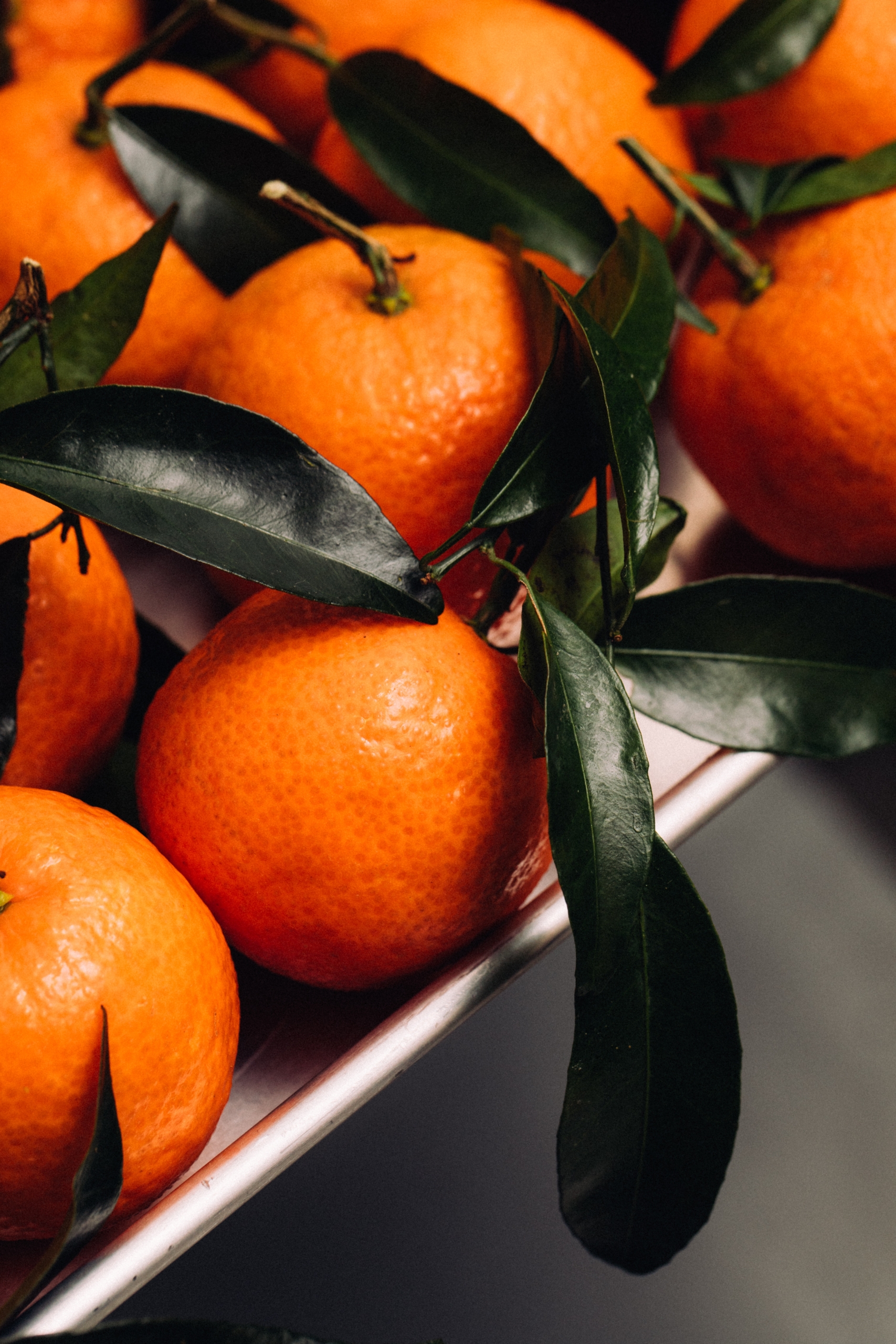
Clementine/Clement – This female name seems to have Latin, French and English origins, and signifies merciful and gentle, from the Latin word clementia (calmness, gentleness). Many saints took this name due to its symbolism of salvation and forgiveness, among whom it’s worth to mention Saint Clement, during the Middle Ages. During those times, many people named their children with the feminine form of this name, since it was the most common feminine name in Britain – Clementia/Clemencia.
For fruit lovers, it is pretty clear where this name comes from, the ‘clementine’ fruit that is a citrus hybrid between a sweet orange and a mandarin orange.
In addition, the name is often associated with royalty thanks to Princess Clementine of Belgium, Princess Clementine of Orleans and other French royalties. After that, the name continued to be very popular until the 17th century, and its variant Clementina, up until the 18th century, a name that is supposed to be in use due to the Polish princess Maria Clementina Sobieski, who was married to a Jacobite pretender to the British throne and was used in Scotland because of the strong ties with the Jacobites.
Other variants are spread among the European continent quite a lot, such as: Clémence, Clémentine (French), Clementina (Italian, Spanish, Portuguese), Klementina (Croatian, Macedonian, Slovene); Climent (Catalan), Clément (French), Clemens (Danish, Dutch, German, Norwegian, Swedish), Klement (Czech, Slovak), Klemens (German, Polish), Kelemen (Hungarian), Klemen (Slovene), Clemente (Spanish), Klyment/Klym (Ukrainian), Kliment (Bulgarian).

Saffron – This name may not sound very familiar, but you might have heard of the spice saffron or the color that is an orange-yellow shade. The name of the most expensive spice in the world seems to be originated from the Persian zarafaran. The color, on the other hand, is believed to have old ties with the concept of sacrality and purity, dating from the ancient era of Homer and Ovid, who described the goddess of dawn, Eos or Aurora with saffron-colored hair and wearing saffron-colored robes and even her chariot chair had the same color. They named her the saffron mother or the saffron-robed.
In Britain of the 17th century, it was scarcely a given name, mostly a family name and began to come in trend as a given name only in the late 1940s. After 1970, it started to be liked thanks to a song called Mellow Yellow, that contained the words “I’m just mad about Saffron / Saffron’s mad about me / I’m just mad about Saffron / She’s just mad about me”. Then a British comedy followed, Absolutely Fabulous, with a character named Saffron Monsoon, after which it rose in popularity in England and Wales in the 1990s until 2000. Soon after, the name was going down, being a very rare name today, which reminds of the most expensive spice in the world, that a long time ago worth its weight in gold or even more.
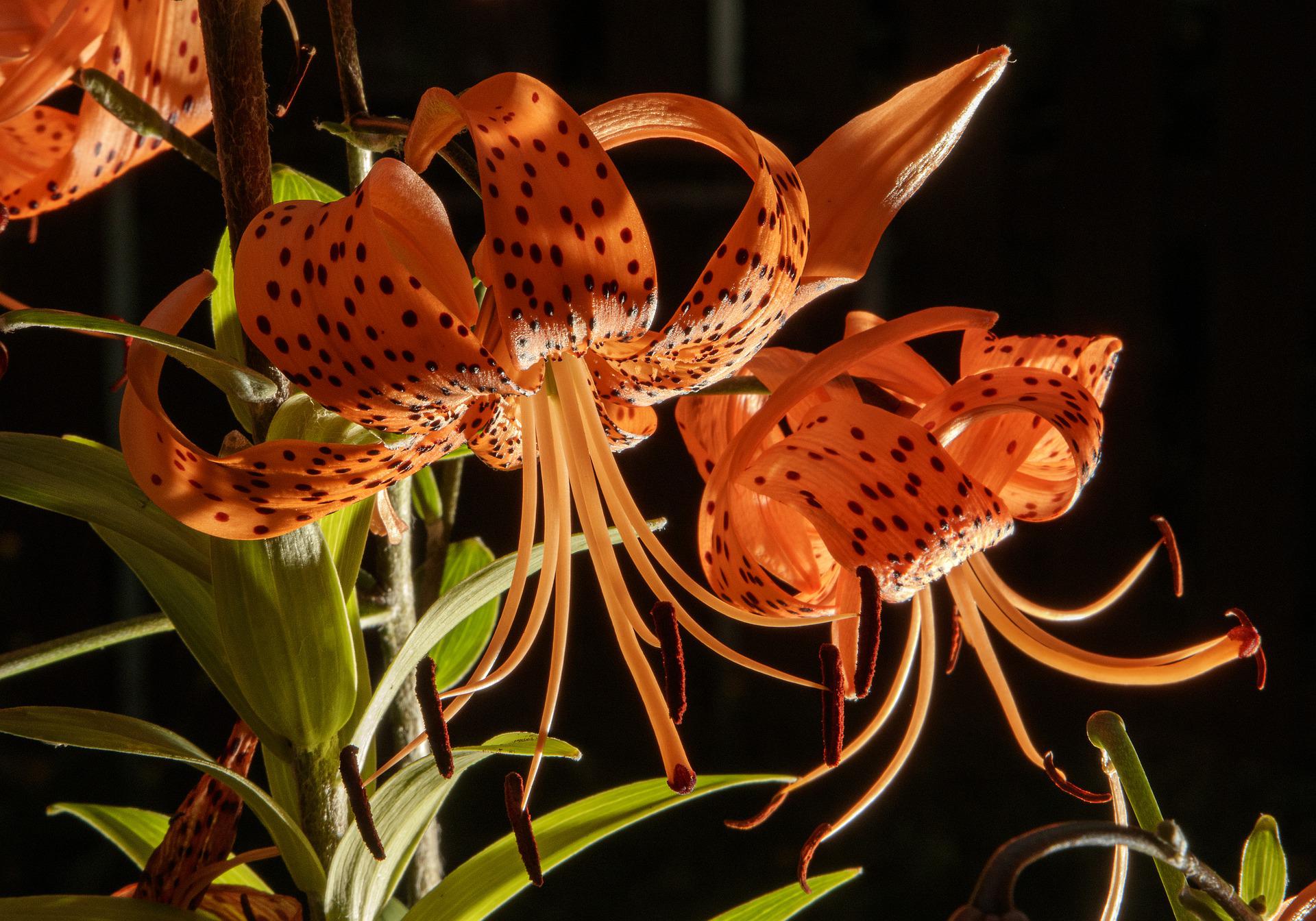
Tigerlily – Another flower name that is a combination of the lily flower and the colors of a tiger. Having English origins, it is perceived as a powerful name, just like the animal after it took its name. It’s also used in Mandarin Chinese language and in Chinese culture, being often associated with motherhood. It can have two writing options, either Tiger Lily or Tigerlily and was first used (with space) to denominate a Native American princess from the Peter Pan story. After that, an Australian musician Michael Hutchence and a British television presenter, Paula Yates, named their daughter Tigerlily in 1996 and the name became fashionable. In the Western countries, Tigerlily is recognized as being bold and presents the image of unconventional beauty and is even considered by some a ‘guilty pleasure’. All in all, in 2003, Tigerlily was listed as one of the most outlandish names that someone can bear.
Marisol – This name is usually given to a girl with Spanish origins. In terms of etymology, it has multiple forming possibilities: a shortened form or a nickname of Maria de la Soledad, which in English can be translated into (Mary of Solitude), but the meaning of it is a portmanteau “mar” + “y” + “sol” in Spanish which makes reference to sea and sun. Nowadays, the name can be use as such, as a given name and it’s a very suitable name for an independent spirit who is very close to natural elements and can make a strong impression on others, has an open mind with the desire of helping others and possess a loving nature. In recent decades, this name had become very popular among the US, due to its many valences in meaning. To Christians, this name is a tribute to Virgin Mary, or it can make you think of the inner peace a person can find in themselves or reminds you of hot summer days by the beach, as well.
Alani – In the research for orange-related names, I could not skip this exotic name, with Hawaiian origins. A beautiful girly name with two etymological possibilities: in Hawaiian it means orange or can be recognized as a modern variant of the English and Breton names Alan/Alanna. What’s even more surprising and fascinating is that the suffix -lani in Hawaiian is translated into sky or heaven. Other meanings of this name include fragrant and precious which could be added to the original significance. The popularity of this name has scaled up in recent decades, across the US, since 2003 and the reason for its usage can find explanation in the symbolism that an orange tree can have – that of emotional trust and the release of fear. Who wouldn’t love this?
BROWN-related names:
Bruno – A very liked male given name that seems to derive from the Old German element brun, which can have the meaning of armour, protection or the color brown, but also could emerge from the Italian word for brown (bruno) and was frequently used as a nickname for someone with brown hair or skin. Due to its meaning, it could be a very suitable name for someone born in any of the autumn months and for someone residing in continental Europe, or the American continent, including Canada, the Latin America and Oceania. People have used this name from medieval times to the modern ones, as a given name and as the name of several fictional characters, but also as a surname, being the 11th most common surname in Italy. Most recently, in 2015, according to a global popularity chart of names, Bruno was ranked no. 26 in Chile and no. 34 in Spain.
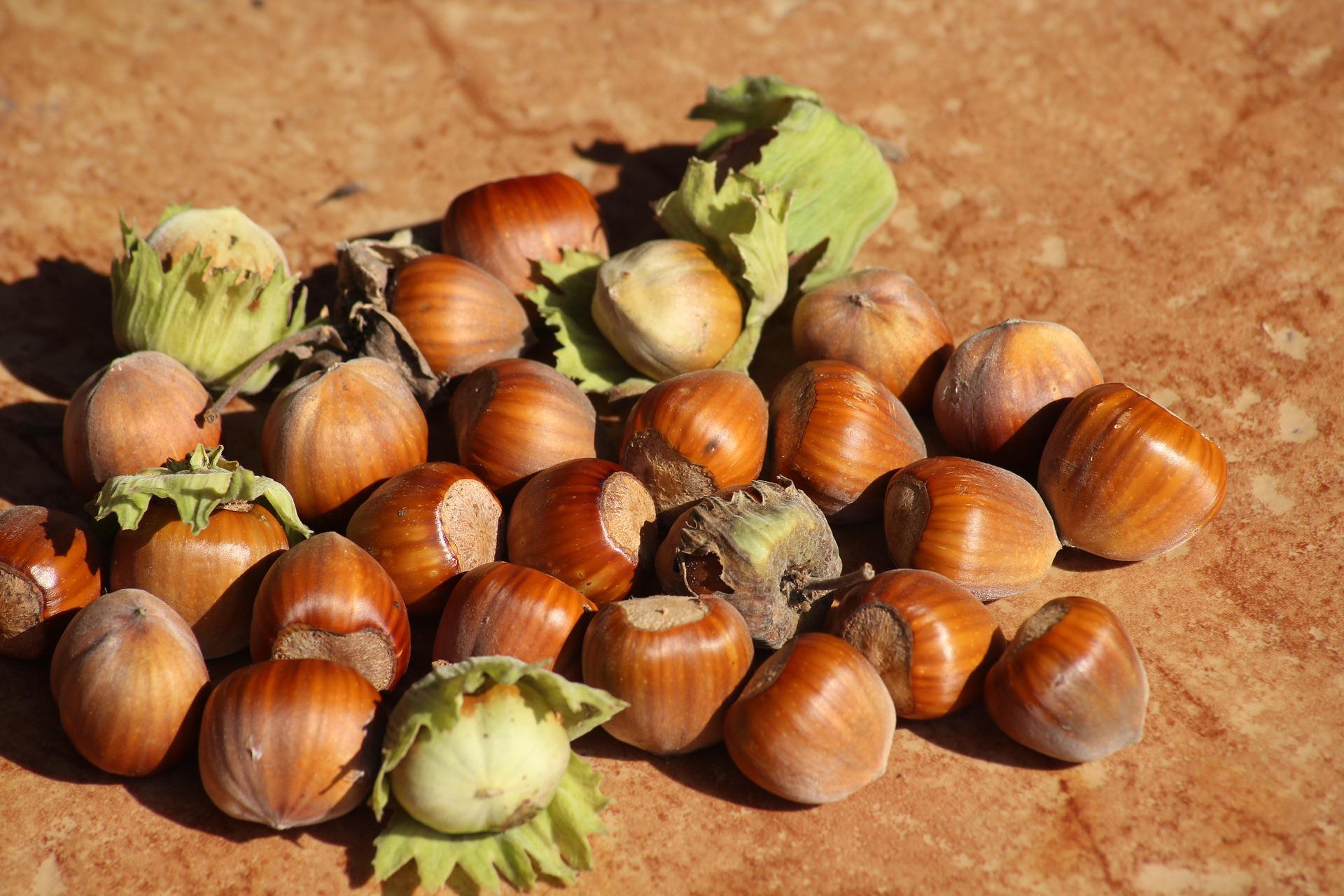
Hazel – A female given name which comes from the English hazel, ultimately derived from the Old English word hæsel which could be the tree or the light brown color. It started its journey as a given name in the 19th century and it got into fashion really fast, and by 1897 was ranked no. 18 most used girly names. In addition, it was used to portray a well-known and adored character from one of John Green’s novels, The Fault in Our Stars, Hazel Grace, a teenage girl with thyroid cancer. It was very loved by some celebrities too, among which we can remind of the actors John Krasinski and Emily Blunt who welcomed their first daughter, Hazel in 2014 and earlier on, Julia Roberts had named one of her twins with this beautiful name.
In Ancient knowledge, hazel trees were considered sacred and whomever decided to eat hazelnuts would gain wisdom, whereas in Greek mythology, the goddesses used to wear headpieces made from hazel branches to protect them from evil and in the Irish folklore the hazelnut beverages gave people prophetic powers.

Fawn – Another feminine name that could indicate a reference to the color brown is Fawn. It has English origins from the word fawn that can be translated into young deer. This name could lead us to another name, that of Fauna, who was the Greek deity of fertility and nature, being known for her chastity. It’s a very sweet name for a person with doe eyes, who is gentle and caring and who has a graceful figure. Not very popular in terms of usage, it was most in demand in the 1981 in the US and then we can notice a decrease, although it seems to maintain its relevance in the 21st century, owing to its links to the natural elements.
Morena – Spanish in origin, this given name is associated to a brown or brown-haired woman. At first, it started as a surname, a short form of De la Morena, which is, as well, the name of a place named Sierra Morena, located in Spain. It could also come from the nickname moreno, that derived from the Latin maurus and has the meaning of dark skinned or swarthy. Morena seems to be the Spanish form of the English and Irish name Maureen. The usage of this name is linked to the Italian, Portuguese and Spanish cultures, but was the second most popular name given to girls in Córdoba, Argentina, in 2009, as well.
Besides being a female name in the Spanish-speaking countries, it’s also used in South Africa, among Sotho, Tswana and Pedi speaking people as a masculine name for royal descendants and has the meaning of king or chief.
Tawny – Let’s close the series of brown-inspired names with this girly name with Irish and English origins that makes reference to the color tawny, which is a pale orange/yellow-brown color, known as golden brown, the color of an owl or of a lion’s coat. This name could also come from the word tanned or the Old French tané that means light brown. In terms of usage, its peak was in the year 1989, across the US continent and soon after it started to decline, the lowest point being in 2013. Maybe one day it will rise again and it would be a very good name for someone who’s untamed and knows how to get under the skin of the loved ones.
To conclude everything, it was very astonishing to find out so much about these beautiful and incredible names. Some of them have their stories forgotten or unheard and it would be a pity not to put their histories into light again. Hope you enjoyed reading about them as much as I enjoyed discovering and writing about them.
















